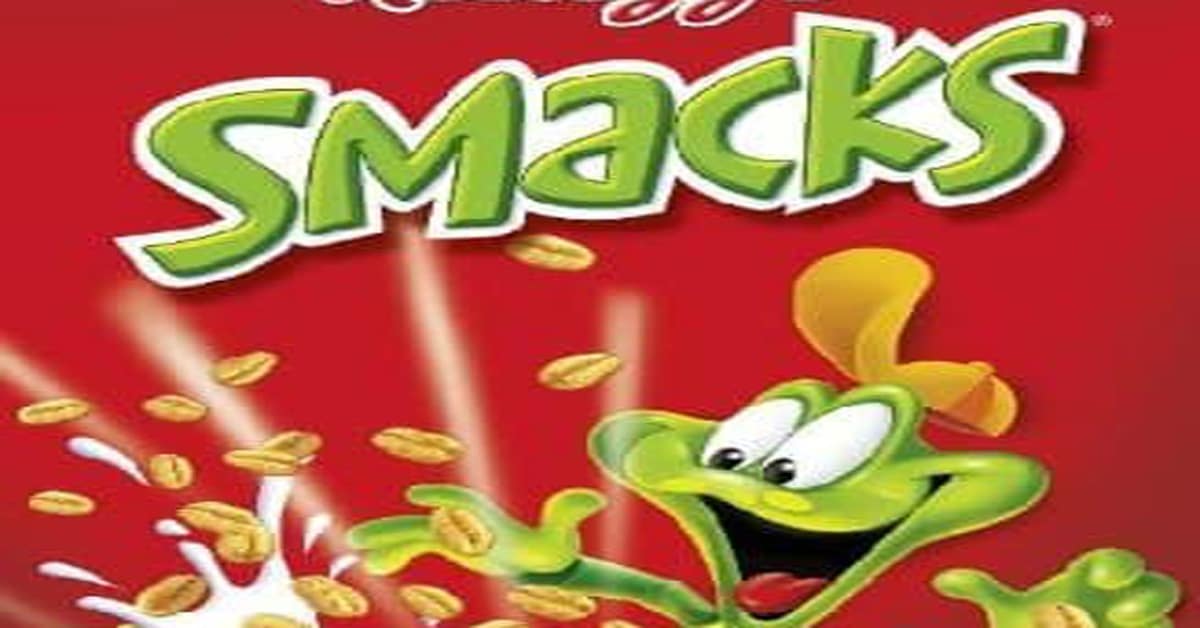Smacks Cereal (History, Marketing & Commercials)
Smacks cereal is arguably one of the sweetest and most dessert-like cereal products that has ever been made. This product has always been a fan favorite with kids, and the delicious sweetness of its recipe is a big reason why. Having been introduced in the 50s, this product continues to satisfy people who love sugary cereals even today.
Smacks cereal, more correctly known as Honey Smacks, is one of Kellogg’s older products but also one of its most successful cereals. There are various versions of this product that are sold in other markets around the world, but they are all made with the unique puffed wheat recipe that has been used to craft this cereal since the beginning of its time on supermarket shelves.
Please leave a review or any memories of this snack in the comments at the bottom of this page. Thank you!
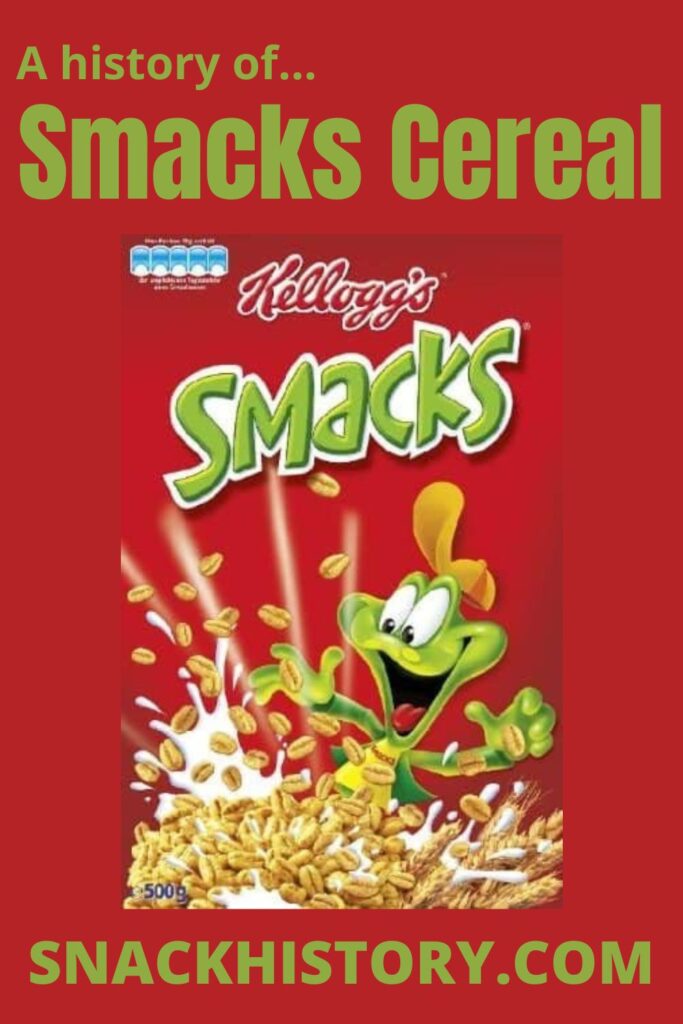
History
While most people call this cereal Smacks, its real name is Honey Smacks. It is called Honey Monster Puffs in the UK, but this is not a Kellogg’s product despite its similarity to the Honey Smacks product that is so well-known in the US. Smacks is actually the common international sales moniker for this product in other markets, which is probably why it usually is referred to in this way.
This breakfast cereal has been around since the 1950s when it was sold under the name “Sugar Smacks”. In the UK, there was a similar product in the 50s that was called Sugar Puffs, which has since stopped being sold. The Honey Smacks name came about in the 1980s when there was the first crackdown on the amount of sugar in breakfast cereals and other snacking products, particularly those aimed at kids. In the 1990s, the word honey was dropped off the name in most markets since no one really seemed to care about what had been done to make the product healthier and to reduce the artificial sugars in the recipe.
The US actually also sold the product alongside Belgium, Germany, Spain, France, and the Netherlands as Smacks until 2004, when the Honey Smacks brand name came back in the US market. In Norway and Finland, the product is known as Honni Korn Smacks. Australia’s division of Kellogg’s quit selling Honey Smacks recently, but the product was known by the same name as the US up until it was pulled from shelves.
When Sugar Smacks hit the market in the 50s, it had the highest sugar content of any cereal brand. It was 55% sugar per weight, surpassing other very sugary products that were being sold at the same time. Even when the first reduction in sugar content was done, the cereal was still 51% sugar. Golden Crisp, which was made by Post at the same time, was also mostly sugar, but still never included as much sugar as Smacks did.
Studies showed that a single serving of Smacks cereal during the 50s would have been the same as consuming a glazed donut. Since most bowls of cereal include 3-5 servings, this is a lot of sugar for one child or adult to consume in a single sitting. Even today, with part of the sweeteners in the cereal replaced by honey, this is still a very sugary product when compared with other cereals on the market.
While Smacks cereal have remained very popular overall, there was a 2018 recall of Honey Smacks due to salmonella contamination that has continued to impact the sales of this product even today. Seventy-three people fell ill after consuming Smacks cereal, and there were more than 100 cases of food poisoning related to the cereal in total. No deaths were linked with the outbreak, but confidence in Kellogg’s products was damaged. This might have been part of what drove Kellogg’s to do a rebrand to the old Dig’em Frog mascot and to add honey back to the recipe. Perhaps they were hoping that a rebranding effort would erase the stain left on the product by the CDC investigation and the illnesses.
Many people have complained that this new recipe is just not the same and that boxes are stale when opened, potentially due to a change in supplier to break the contract with the location that produced the contaminated products. Like all companies with a product that has been made for years, change is always hard and is sometimes not even possible when you are trying to alter products that are fan favorites.
It remains to be seen if Smacks cereal will continue to be sold in such large volume or if the alterations to the recipe, the quality of the product, and the health scare will damage future sales for good.
Mascots
The Smacks product has enjoyed support from various mascots over the years. During the 50s, the mascot was Cliffy the Clown, who was part of the Ringling Brothers Circus. By the late 50s, Smaxey the Seal had replaced Cliffy the Clown. In the 60s, Quick Draw McGraw was the mascot of choice, and this was a cartoon horse sheriff. By the mid-60s, The Smackin’ Bandit joined the team of mascots, and his character would actually slurp the cereal out of the box.
The Smackin’ Brothers were the next mascots to join the fray, and these were cartoon boys who roughhoused in most of the commercials and who wanted Sugar Smacks but wound up smacking each other instead. Around the same time, Star Trek was also used to market the products, and Star Trek characters appeared on select boxes.
The mascot that most people recognize is Dig’em Frog who was originally portrayed in the 70s and used as the mascot through the 80s. Love Smacks was a heart-shaped dog who also was used for advertising the cereal in the 80s.
When honey was added to the recipe, Wally the Bear was introduced to make the association with the honey more clear. Wally would refuse to eat the cereal until honey was added to the recipe, but these commercials performed so poorly that Dig’em Frog was brought back. There is probably no other brand of cereal that has enjoyed the support of so many different mascots, and this is one of the main things that people remember about these products other than their sugary recipe.
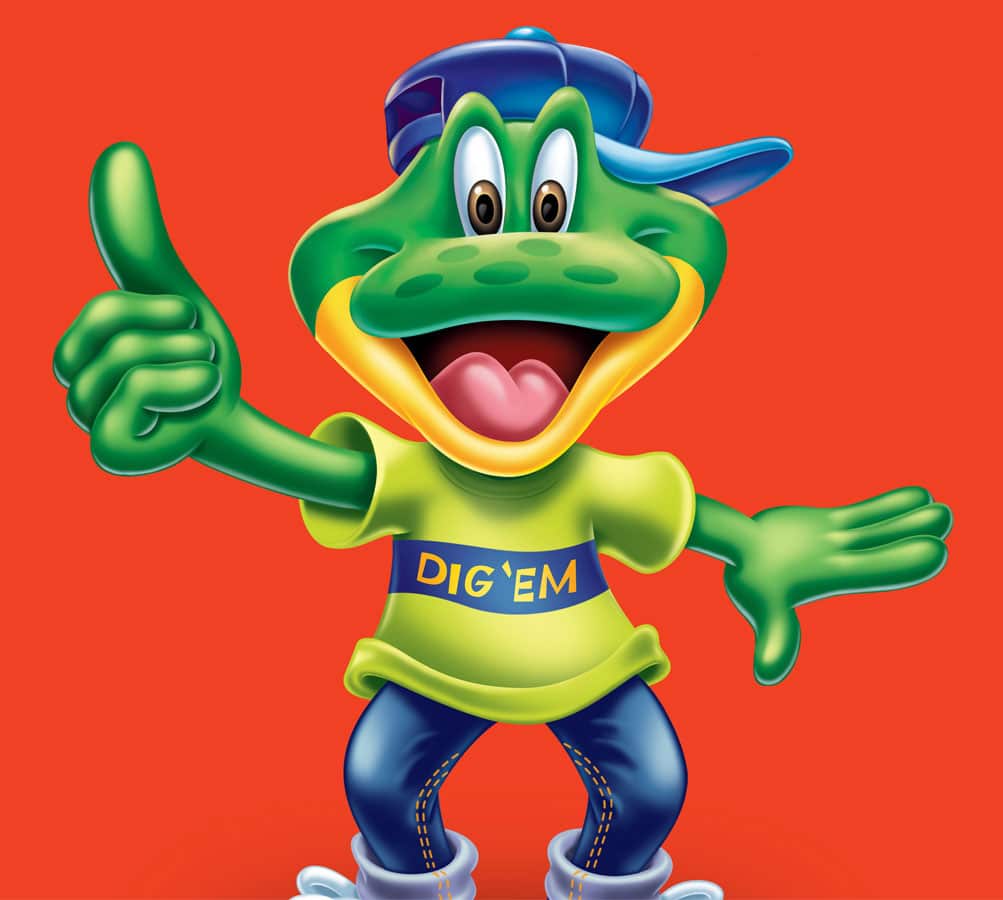
How Did Smacks Get Their Name?
There is no clear information about how this product came to be named Smacks, but it is likely because Kellogg’s wanted to indicate that they were lip-smackingly good. This was a time of single-word names for many kinds of cereal, and if you think about Trix and other kids’ cereals, you will see another reason why the product was named such a simple thing. The cereal market was always targeted at children in the beginning, largely due to the fact that cereal was originally marketed as a means for parents to help kids get their own breakfast each morning.
When the cost of living increased to the point where many women could not afford to stay at home with their children, the need for quick breakfast foods increased exponentially. Most marketing was aimed entirely at children in the breakfast market, and the mascots, names, and designs of the boxes were carefully constructed to appeal to kids. Parents who were too busy and tired to deal with feeding kids a full breakfast each morning would have welcomed these products that were made just for kids, and most families probably had various sugary breakfast cereals in their kitchen cupboards.
The cereal market has since expanded to include adults and teens in larger numbers, and the sophistication of many of the products has increased over the years. However, the continuing success of Trix, Smacks, and other products of this kind shows that a sugary and fun cereal will still sell better than a cereal that is marketed at older people.
Logo
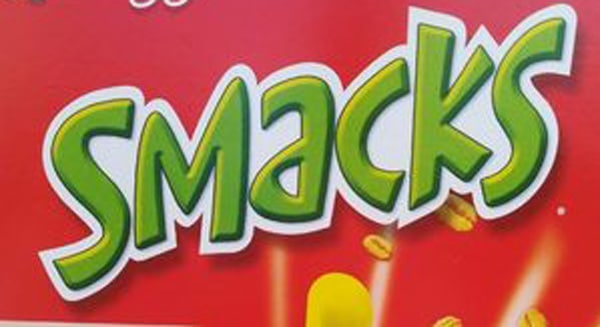
Ingredients
From the Kellogg’s site:
- Whole grain wheat
- Sugar
- Glucose syrup
- Honey
- Contains 2% or less of palm oil, fruit juice for color, salt, canola lecithin
- Mixed tocopherols (vitamin E) for freshness
The one allergen that is mentioned for this product is wheat. There are no other allergy mentions or warnings. Those who are gluten-free should not consume this cereal, and there might be other limitations based on other dietary demands that are not met by this product. This is also a Kosher product for those who are looking for this qualification.
This is a simple product, but you can tell that the sugar content has not changed greatly over the years since sugar is still the second item on the list of ingredients. Honey is not even mentioned in the list of ingredients so you can also tell that the mix of different sugars that is used to sweeten the cereal is still largely sugar. This is something that you should know about when choosing this product for your breakfast or snacking needs, and you can treat yourself to this product, but you might not want to eat it every day.
Nutrition
| Serving Size: | 33g | % Daily Value* |
| Amount Per Serving | ||
| Calories from Fat | 4.5 | |
| Calories | 128 | |
| Total Fat | 0.5g | 1% |
| Saturated Fat | 0.1g | 1% |
| Sodium | 12mg | 1% |
| Total Carbohydrates | 28g | 9% |
| Dietary Fiber | 1.3g | 5% |
| Sugars | 14g | |
| Protein | 2g |
- Percent Daily Values are based on a 2000-calorie diet.
Pictures
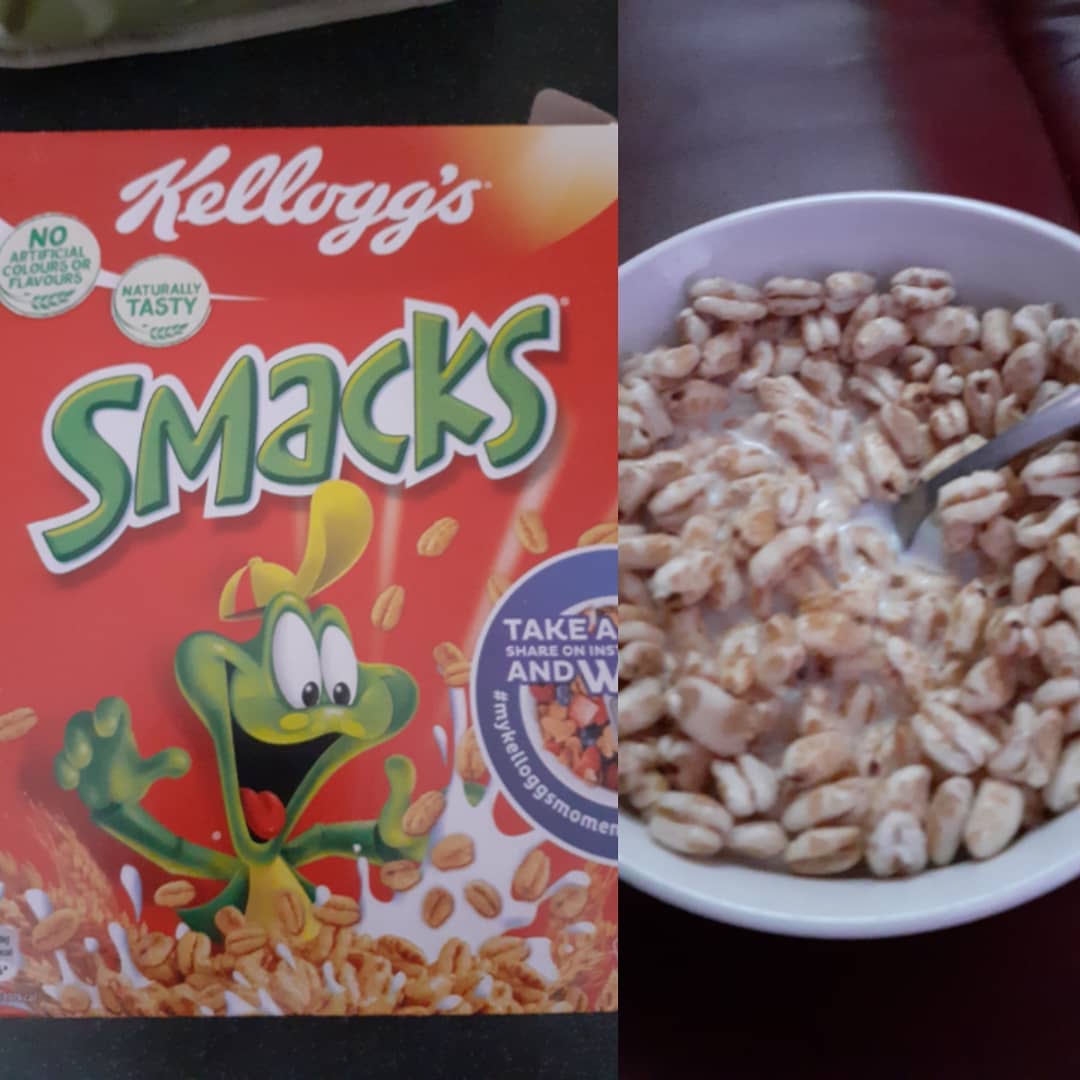
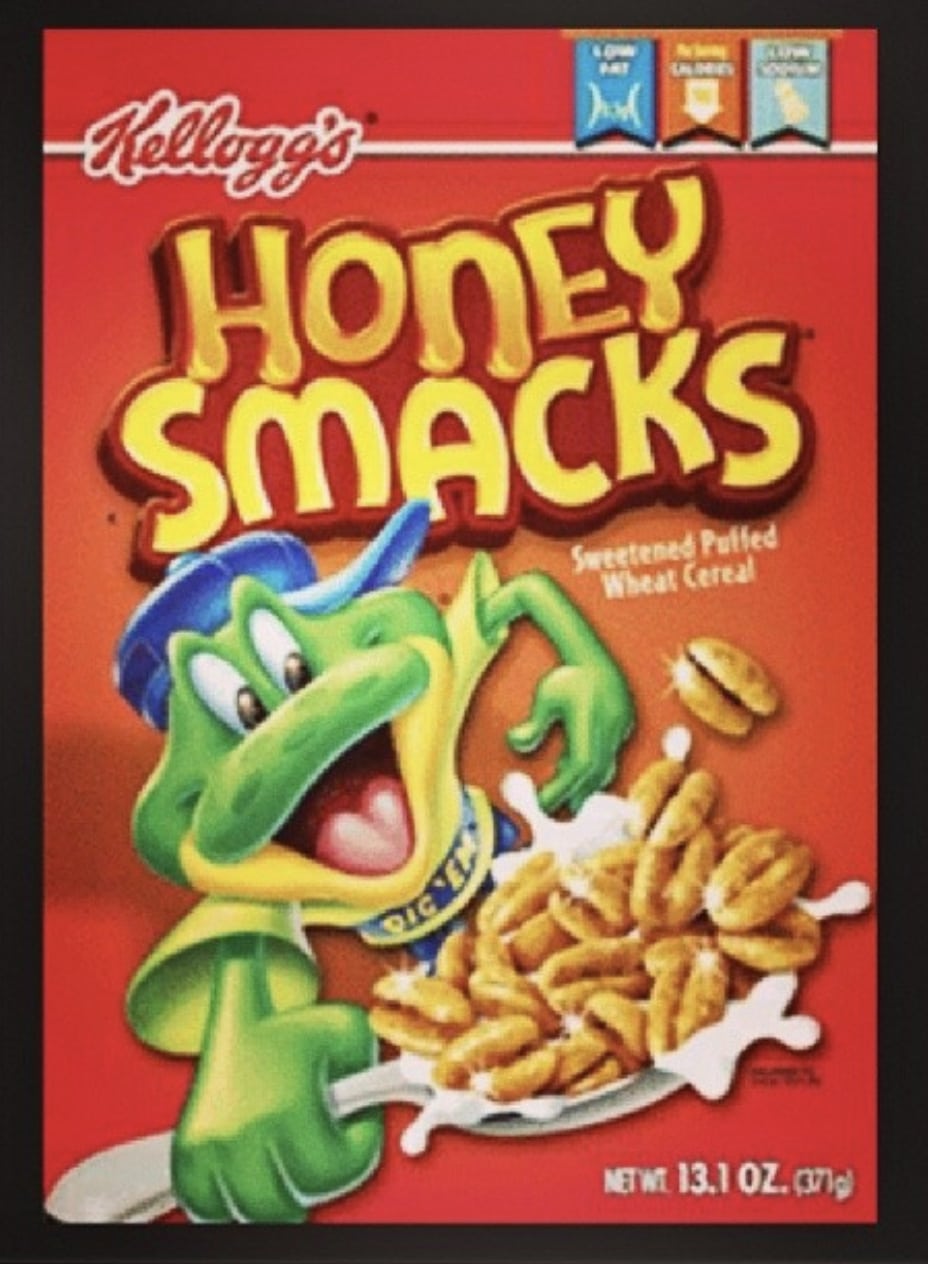
Ads:
A classic ad with Dig ‘em Frog:
A compilation of ads from the 70s and 80s:
A 1950s ad for Sugar Smacks with Cliffy the Clown:
FAQ
What are Honey Smacks made of?
Honey smacks are made of: Whole grain wheat, sugar, glucose syrup, honey, contains 2% or less of palm oil, fruit juice for color, salt, canola lecithin, mixed tocopherols (vitamin E) for freshness.

Krysta Wood is a freelance writer that loves to bring a story to life. She is a candy fanatic that likes to try different types of candy and learn more about their histories.
Please leave a review or any memories of this snack in the comments below. Thank you!
Click here for a full A-Z list of Snacks and Candy
